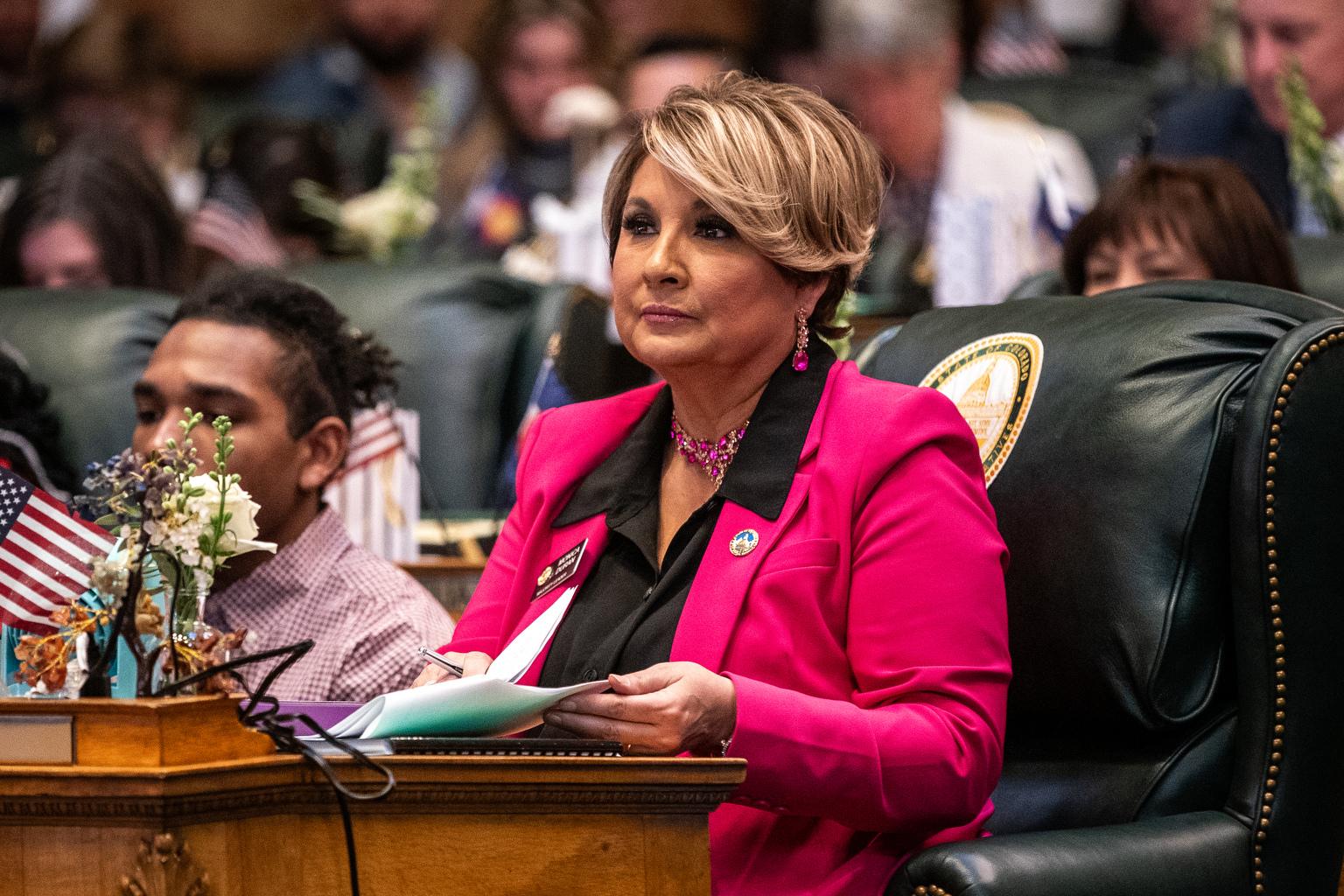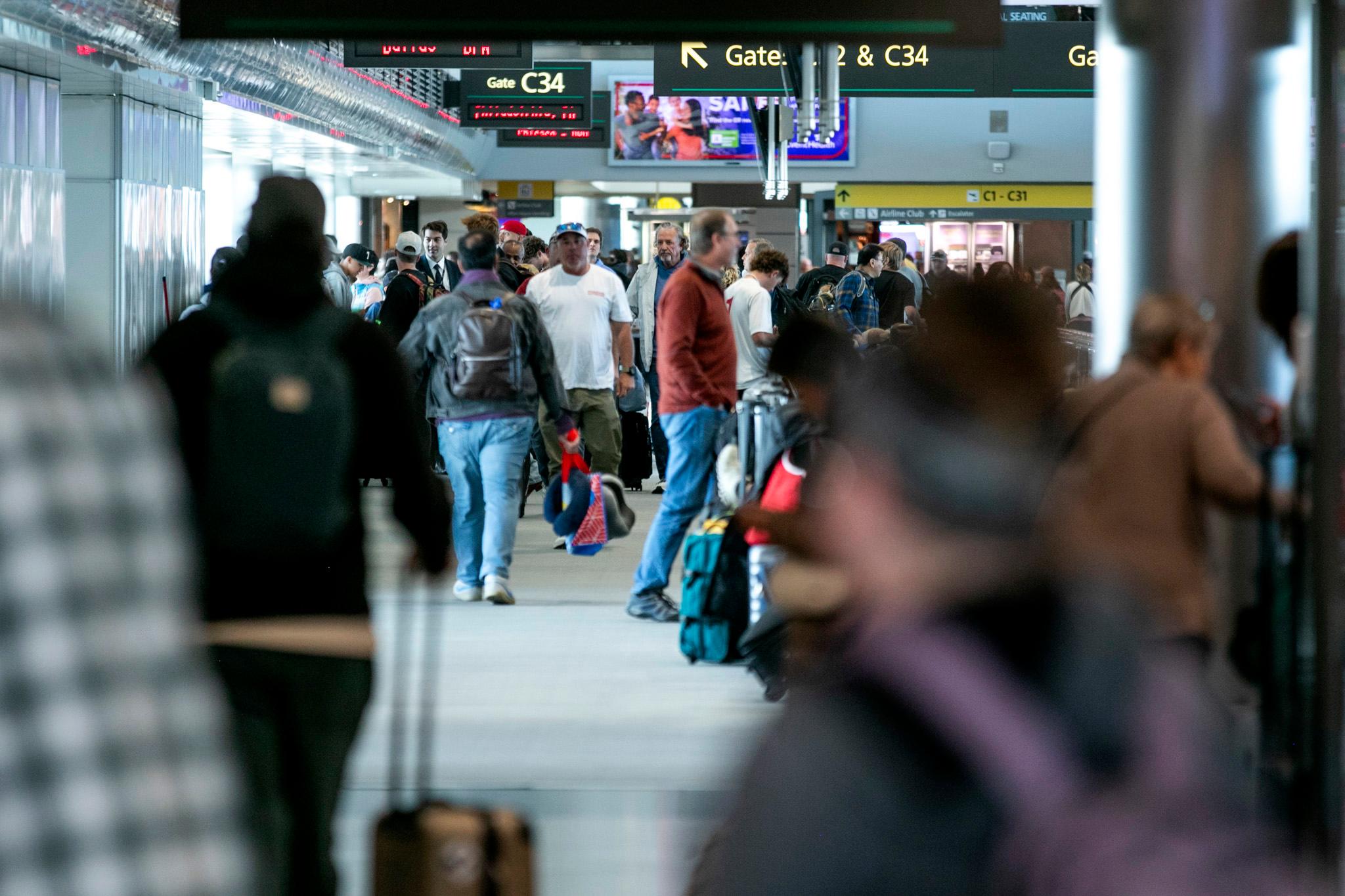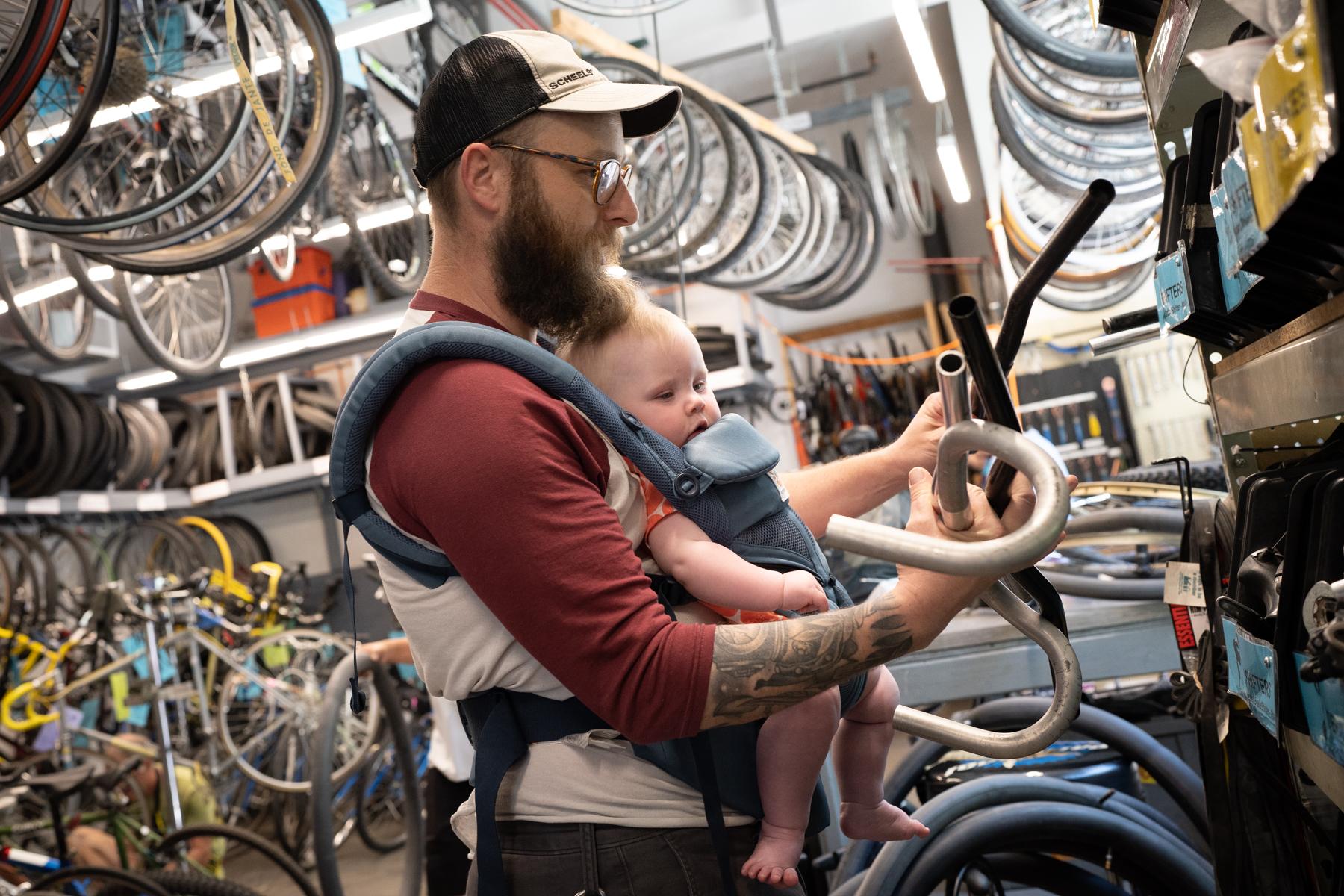
Mac Liman sometimes feels intimidated walking into a bike shop, even though she works in one herself and has been a bicycle mechanic for 20 years.
“People often feel like they have to walk in and look a certain way, act a certain way, know a certain amount of information or technical knowledge,” Liman said on a Tuesday afternoon in June, as she took a break from advising the volunteer mechanics at Bikes Together in Denver.
She expressed compassion for people who run bike shops on tight margins and may not be able to hire enough staff to answer customers’ questions, yet at the same time, she said, “I think it’s an industry — both the mechanics’ culture and the cycling culture — that’s been really exclusive.”
Bikes Together is one destination for people who are new to biking to get some advice and affordable service, as well as buy used parts and bikes that have been repaired. It’s a nonprofit, and offers community programs that particularly welcome women and LGBTQ people into biking.
Colorado Matters host Chandra Thomas Whitfield visited the shop to talk with Liman and volunteer board member Maja Perez about how to break through the air of exclusivity around cycling, and get some tips for bike buying.
Editor’s note: This interview has been edited for length and clarity.
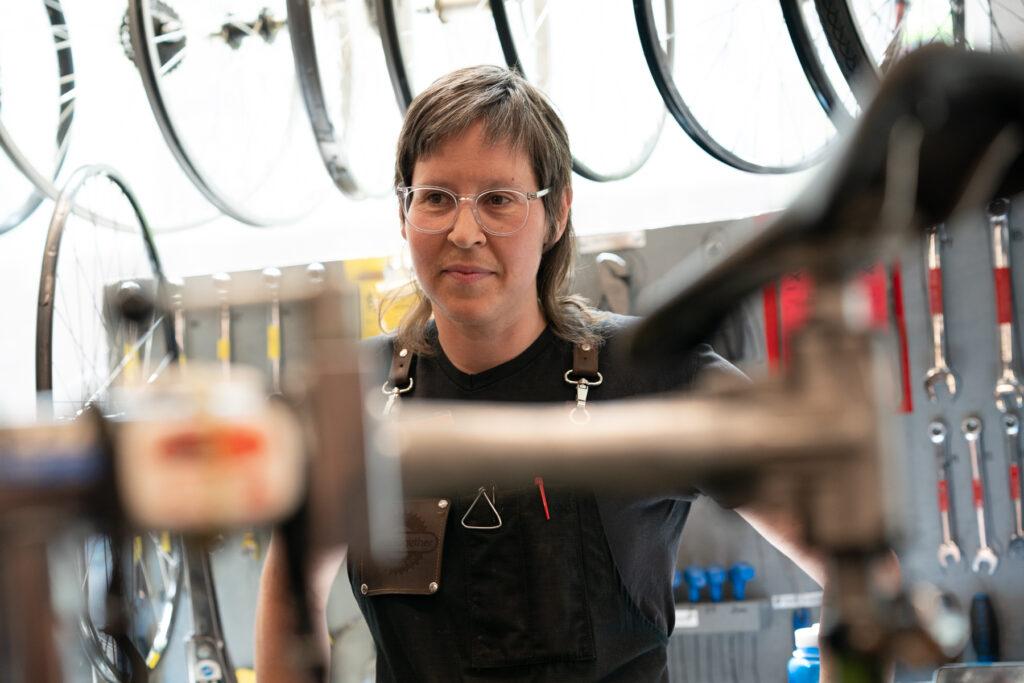
Chandra Thomas Whitfield: Is it a common experience for people to not feel welcome in the biking community?
Mac Liman: Yes, those are experiences that I’ve had. It ends up being a snowball effect, where people feel like they have to say a lot of jargon when they go into a bike shop, so they do, and then other people don’t want to call them on it or correct them. So it becomes a kind of reinforcing culture of exclusivity and competition.
Thomas Whitfield: What’s an adjustment bike groups could make to help people feel more welcome and supported when they show up?
Maja Perez: As someone who's a woman of color, when I was starting out in my bicycle journey, I always felt intimidated going into bike shops because there's a certain demographic that it’s really geared towards. So it’s great having other different pockets of bicycle communities where you can really connect with other people outside of what a bicyclist “should” generally look like.
Liman: It would be great if more bike shops have the capacity to really explain to people why they're not making the repairs or what the cost is. The reality is that a lot of the bikes that are produced and sold in the United States — and through the pandemic — are very, very low quality. In fact, they were not even made to be repaired.
I think that's an experience a lot of people have had where they got a bike, tried to get it repaired and learned that it couldn't be repaired. The actual metal parts of the bike have started to pull apart, or it was kind of what we call “built to fail,” with a very short intended lifespan. I wish that more people had that information so that they can avoid those products to begin with, and also understand that if they're not able to fix something, they're not treated as if they made a bad choice.
Thomas Whitfield: How do you avoid bikes that aren’t made well, or not made to be repaired?
Liman: It’s been increasing over the last 10-15 years. It’s sneaky! They’re made to look as though they have parts that function in a certain way, but they just look that way. For example, beware of bikes that seem to have full suspension, with shocks in the front and the rear of the bicycle, but actually those shocks are heavy and aesthetic — they’re just made to look as though they function. They make the bike cumbersome and they break down very quickly. Also, when you see advertising that says “lightweight aluminum,” lift up the bike and see how heavy it is! Those bikes tend to be very heavy.
I definitely encourage people to get a bike from a real person or a bike shop, instead of shopping online.
Thomas Whitfiled: What about e-bikes? Are they all expensive?
Liman: Because an e-bike has a battery and a motor, it’s going to cost more than a pedal-powered bicycle. And much like a pedal-powered bicycle, there’s a really wide range in price. The more you pay, the more likely you are to have something that’s going to last longer, hold up better and be more repairable over time.
For Denver residents and soon residents statewide, I encourage people to look into e-bike rebate programs. This is an example of trying to put public dollars into supporting people in getting these types of vehicles.
Perez: I see a lot of parents riding and picking up their children on e-bikes. They may also be good for people who have limited mobility. I could also see it working really well for people who need to travel long distances.
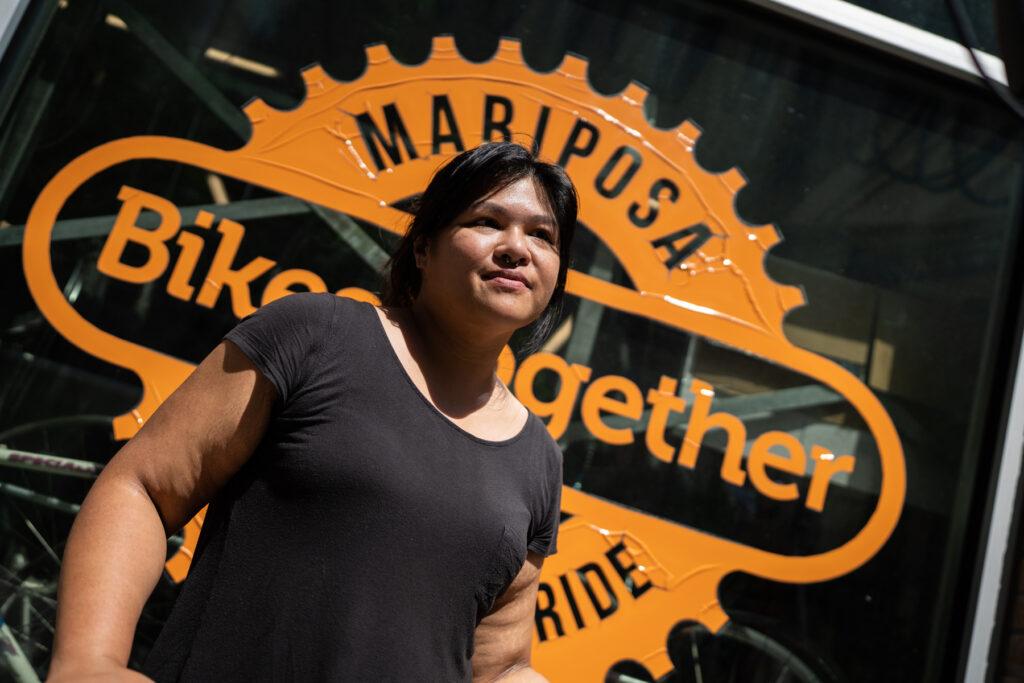
Thomas Whitfield: We solicited questions from the public. Rob asked on Twitter, “How might we better illustrate that bikes are not just for recreation, but a legitimate means of transportation?” And related to that, we learned the word “quaxing” from David Chen! It means “transporting something unusual, awkward or unlikely using public transport or a bike.”
Liman: Oh! I’ve been able to carry home appliances on my bicycle. I do all my grocery shopping. You can carry people, you can use trailers — the bike can carry a tremendous amount.
There’s no doubt that most of our culture and how our cities are built, and where we put our money, supports driving and cars. But I think the more people see themselves on bikes, see each other on bikes, ride together and have fun doing that, it opens up the possibility to consider using bikes for transportation, as well. Certainly having infrastructure, including places to safely store bicycles, will help a lot.
Thomas Whitfield: We got several questions about biking etiquette and rules. Are bike lanes one-way?
Liman: Bike lanes are directional with the cars, unless otherwise noted. You do not have to ride in a bike lane. You can ride wherever it’s safe for you to ride, although you’re not supposed to ride on sidewalks, because those are meant for pedestrians and people using wheelchairs. E-bikes and e-scooters are allowed in bike lanes, though there are some restrictions on how fast you can go.
Perez: They do check to make sure you’re not going too fast. I’ve ridden on the bike path with friends going over 15 miles per hour, and they were stopped.
Thomas Whitfield: Is there something you wish drivers knew about being on the road with cyclists?
Perez: Yes, I have two big takeaways for motorists. First: Act predictably on the road. We see a lot of people make U-turns in neighborhoods that they shouldn’t be. Second: When you are parked and you are about to open your door on the street, be sure to look behind you, because cyclists are pretty quiet and we can be pretty fast and nimble.



